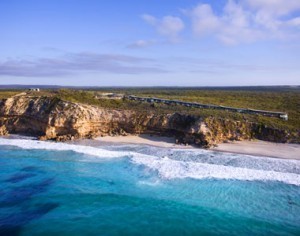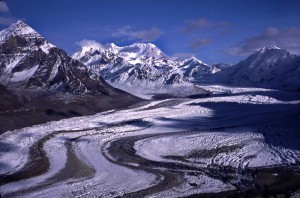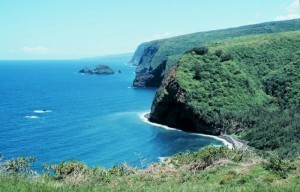How Deep is the Southern Ocean?
Also known as the Antarctic Ocean, the  Southern Ocean is the fourth largest ocean in the world. It is found in the Southern Hemisphere. The ocean’s tributaries include the Ross Sea, the Cooperation Sea, the Scotia Sea, the Cosmonaut Sea, the Weddell Sea and the Drake Passage. This oceanic division merges with other large bodies of water, namely the Indian, Pacific as well as the Atlantic Oceans. One of the essential features of this ocean is the presence of the Antarctic Circumpolar Ocean. To learn more about the geography of the Southern Ocean, it is important to know the estimated depth of this body of water.
Southern Ocean is the fourth largest ocean in the world. It is found in the Southern Hemisphere. The ocean’s tributaries include the Ross Sea, the Cooperation Sea, the Scotia Sea, the Cosmonaut Sea, the Weddell Sea and the Drake Passage. This oceanic division merges with other large bodies of water, namely the Indian, Pacific as well as the Atlantic Oceans. One of the essential features of this ocean is the presence of the Antarctic Circumpolar Ocean. To learn more about the geography of the Southern Ocean, it is important to know the estimated depth of this body of water.
The Depth of the Southern Ocean
How deep is the Southern Ocean? The depth of this body of water ranges from 13,000 to 16,000 feet. The deepest point of the ocean is found in the South Sandwich Trench, which measures 23,727 feet. Considered as the longest ocean current in the world, the Antarctic Circumpolar Current transports 4.6 billion feet of water per second. The ice pack present in the ocean fluctuates from one million miles per second during March to 7.2 million miles per second during September.
Additional Facts and Other Interesting Details
The Southern Ocean encircles the entire continent of Antarctic. There is sea ice along the coastline of the ocean. When it comes to natural resources, there are probable giant gas and oil fields along the continental margin. Aside from these, the other resources that are present in the ocean include manganese nodules, possible deposits of placer, gravel and sand as well as freshwater. Some animal species that can be found in the ocean are whales, squids, krill and seals. Additionally, people can also find 17 penguin species in the ocean.
To preserve the marine species living in the ocean, the International Whaling Commission does not allow commercial fishing in the southern part of the Antarctic. In addition to this, the Convention for the Conservation of Antarctic Seals prohibits seal hunting in the ocean. Moreover, the Convention on the Conservation of Antarctic Marine Living Resources limits fishing activities in the place.
The ocean provides routes that are important to transport goods from one continent to another. Examples of harbors and ports in the Southern Ocean are the Palmer Station, the Esperanza Base, the Rothera Station, the McMurdo Station, the Villa Las Estrellas and the Mawson Station. Most of these ports are operated and managed by research stations of various governments.





